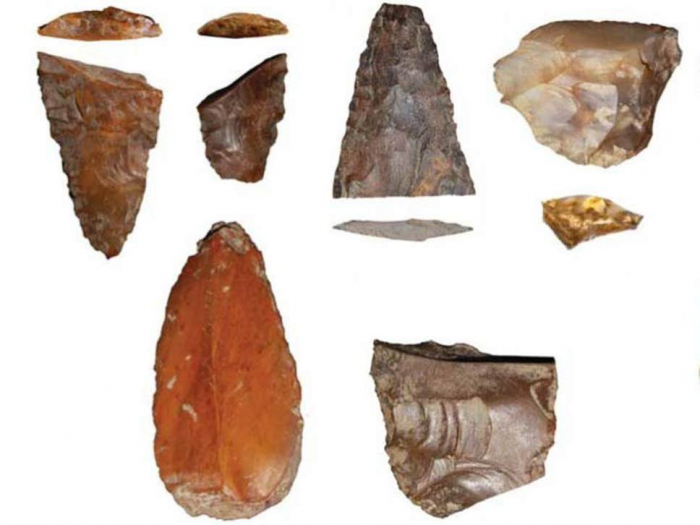Stone tools and other artefacts found in an archaeological dig at the Cooper’s Ferry site in Idaho provide the earliest evidence of people in North America, showing settlers arrived more than 16,000 years ago.
Not only does this discovery add more than one thousand years to the timeline of humans in the Americas but it adds weight to the theory that they got there by sea, paddling along the Pacific coast and up rivers.
This challenges the long-held “Clovis First” theory which suggested people crossed over land from Siberia into North America thanks to an opening in the ice sheet near present-day Dakota.
The ice sheet opened up 14,800 years ago but these people had already settled in Idaho by then.
“Prior to getting these radiocarbon ages, the oldest things we’d found dated mostly in the 13,000-year range, and the earliest evidence of people in the Americas had been dated to just before 14,000 years old in a handful of other sites,” said Loren Davis, a professor of anthropology at Oregon State University and the study’s lead author.
“When I first saw that the lower archaeological layer contained radiocarbon ages older than 14,000 years, I was stunned but sceptical and needed to see those numbers repeated over and over just to be sure they’re right.
“So we ran more radiocarbon dates, and the lower layer consistently dated between 14,000-16,000 years old.”
The Cooper’s Ferry site is located along the Salmon River which is a tributary of the larger Columbia River basin.
“Early peoples moving south along the Pacific coast would have encountered the Columbia River as the first place below the glaciers where they could easily walk and paddle in to North America. Essentially, the Columbia River corridor was the first off-ramp of a Pacific coast migration route,” said Professor Davis.
The dig site where scientists have uncovered several hundred artefacts (Loren Davis Oregon State University)
On the site scientists have uncovered several hundred artefacts over the years, including stone tools, charcoal, fire-cracked rock and bone fragments from large animals. They also found a fire hearth and a food processing station, according to the paper published in Science.
In the past two years, scientists have dug deeper on the site and found older artefacts which date to between 15,000 and 16,000 years ago. The stone tools were unfluted, unlike the fluted points of tools made in the Clovis Tradition that spread widely.
Researchers also found tooth fragments from an extinct horse that was known to live in North America at the end of the last glacial period.
The oldest artefacts at the site are similar to ones found in northeastern Asia, particularly in Japan. Professor Davis is now collaborating with Japanese researchers to do further comparisons.
“We have 10 years’ worth of excavated artefacts and samples to analyse. We anticipate we’ll make other exciting discoveries as we continue to study the artefacts and samples from our excavations,” she said.
The Independent
More about: science
















































